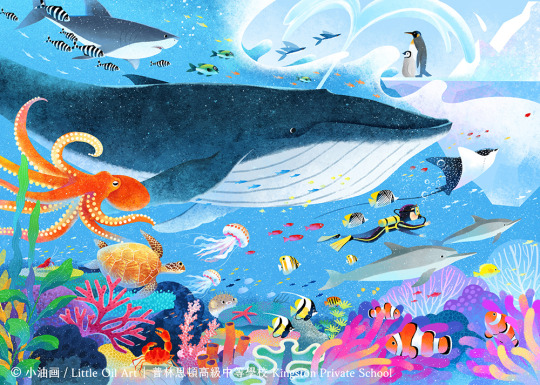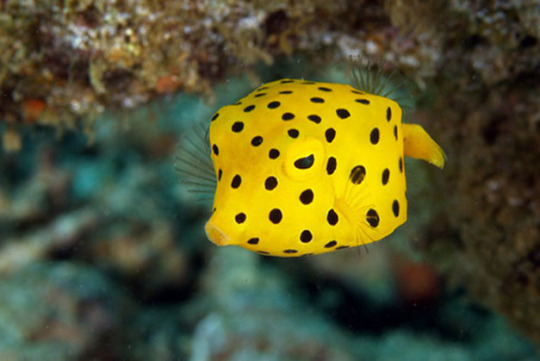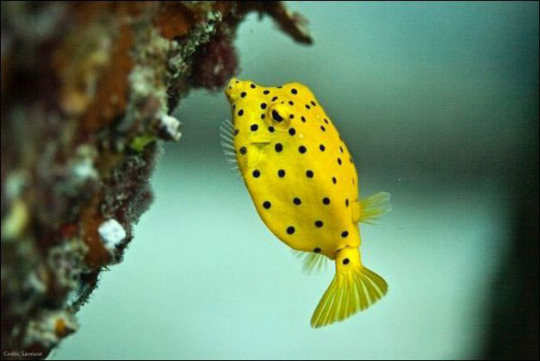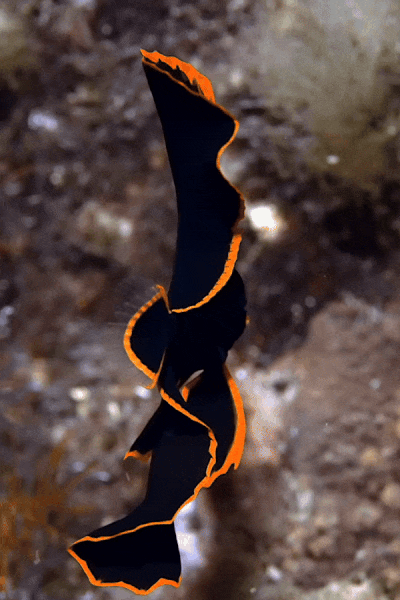#Tropical fish
Text




#credit to creator#finally posting again#marine biology#marine biology shitpost#marine biology memes#fish memes#tomfoolery#tropical fish#marine life#marine biology meme#funny fish#shitpost#animal memes#copied from instagram
12K notes
·
View notes
Text

oh no
#artwork#art#digital illustration#digital art#illustration#digital painting#artists on tumblr#animals#fish#fish art#fish drawing#fishblr#sea#sea creatures#tropical#tropical fish
1K notes
·
View notes
Photo

World Oceans Day
#oceans#whale#sea turtle#jellyfish#Illustration#illustrator#artists on tumblr#artist on tumblr#painting#drawing#digital art#dolphin#clown fish#shark#fish#tropical fish
9K notes
·
View notes
Text

🌠💫🐠 Dreamy Fishs 🐠💫🌠
#illustration#illustrator#art work#anime art#digital painting#digital drawing#digital art#lofi art#blue#animation#tropical fish#sea#sunset
615 notes
·
View notes
Text


🐠 Aquatic Bybunga on IG
570 notes
·
View notes
Text

More space fishie art~ This time space pearl gourami!
#aquablr#fishblr#pearl gourami#space gourami#gourami#space#nebula#stars#fish#tropical fish#art#fish art
342 notes
·
View notes
Text




















Озеро Медуз — озеро в архипелаге Скалистые острова (Палау). Озеро расположено на востоке острова Эйл-Малк, в более чем 20 км к юго-востоку от Корора. Этот естественный слабо-солёный водоем имеет глубину до 50 метров и размеры всего 460 м на 160 м, он сообщается с расположенным примерно в 200 метрах Тихим океаном через трещины и поры в горной породе.
Озеро Медуз разделено на два слоя — бескислородный и с большим содержанием кислорода. Первый, нижний слой (приблизительно от глубины 15 метров и до дна) обладает высокой концентрацией аммиака и фосфатов, чем опасен для дайверов, которые могут получить отравление через кожу. В этом слое живут только бактерии. Зато другой слой, насыщенный кислородом (примерно до глубины 15 м), населяют разнообразные микроорганизмы, несколько видов рыб и веслоногих ракообразных и, конечно же, медузы.
Образованное движением земной коры более 12 000 лет назад озеро известно своей обособленной популяцией двух видов сцифоидных — золотая медуза (Mastigias papua) и лунная медуза (Aurelia). За время, проведенное вдали от моря, живущие здесь золотисто-оранжевые медузы эволюционировали и утратили свою способность жалить. Весь день они следуют за солнцем, перемещаясь по глади озера, а к ночи опускаются на дно, где подпитываются водорослями. Лунные медузы питаются веслоногими ракообразными, для чего ночью поднимаются на поверхность озера. Считается,что общая численность медуз, обитающих в этом необычном озере, достигает двух миллионов особей. Количество медуз так велико, что их массу легко можно заметить, даже находясь в самолете. Золотая медуза имеет огромное численное превосходство над лунной.
Кроме того, в озере Медуз не разрешено нырять с аквалангом. Воздушные пузырьки, которые образуются во время дыхания аквалангиста, попадают под купол медузы и могут привести к ее гибели. По этим причинам в озере плавают только в верхнем слое воды, используя ласты и маску. Погружение в воды этого медузового озера – удивительная возможность попасть в иной мир, оказавшись в самом центре гипнотического танца медуз.
Jellyfish Lake is a lake in the Rocky Islands archipelago (Palau). The lake is located on the east of Eil Malk Island, more than 20 km southeast of Koror. This natural, slightly saline body of water is up to 50 meters deep and measures just 460 m by 160 m, connecting to the Pacific Ocean about 200 meters away through cracks and pores in the rock.
Jellyfish Lake is divided into two layers: anoxic and highly oxygenated. The first, lower layer (from approximately a depth of 15 meters to the bottom) has a high concentration of ammonia and phosphates, which is dangerous for divers, who can become poisoned through the skin. Only bacteria live in this layer. But another layer, saturated with oxygen (to about a depth of 15 m), is inhabited by a variety of microorganisms, several species of fish and copepods and, of course, jellyfish.
Formed by the movement of the earth's crust over 12,000 years ago, the lake is known for its distinct population of two scyphoid species - the golden jellyfish (Mastigias papua) and the moon jellyfish (Aurelia). During their time away from the sea, the golden-orange jellyfish that live here have evolved and lost their ability to sting. All day they follow the sun, moving along the surface of the lake, and by night they sink to the bottom, where they feed on algae. Moon jellyfish feed on copepods, for which they rise to the surface of the lake at night. It is believed that the total number of jellyfish living in this unusual lake reaches two million individuals. The number of jellyfish is so large that their mass can be easily noticed even while on an airplane. The golden jellyfish has a huge numerical superiority over the lunar jellyfish.
Additionally, scuba diving is not allowed in Jellyfish Lake. Air bubbles that form during the scuba diver's breathing fall under the dome of the jellyfish and can lead to its death.For these reasons, people swim in the lake only in the upper layer of water, using fins and a mask. Diving into the waters of this jellyfish lake is an amazing opportunity to enter another world, finding yourself in the very center of the hypnotic dance of jellyfish.
Источник: //www.stepandstep.ru/biologiya/ozero-meduz, //cameralabs.org/aeon/fotokonkurs-siena-international-awards /foto/ 46069-pooshchritelnaya-premiya-v-kategorii-krasota-prirody-2021-ozero-meduz-avtor-khenli-spajers,//www.cawater-info.net /all_about _water/?p=14456,dzen.ru/a/XbytncBccQCufY29, //topwonders .ru / palau/ozero-meduz-na-palau.html,omyworld.ru/9937,//www. stepandstep.ru/biologiya/ozero-meduz/,/www.airpano.ru /360article / jellyfish-lake-palau/,/www.tripadvisor.ru/Attraction_Review-g294136-d795830-Reviews-Jellyfish_Lake-Koror_Koror_Island.html.
#Palau#Rocky Islands#nature#tropics#Jellyfish Lake#marine life#scyphoid#jellyfish#Mastigias papua#golden jellyfish#Aurelia#moon jellyfish#tropical fish#wonderful#nature aesthetic#Палау#Скалистые острова#природнаякрасота#природа#тропики#Озеро Медуз#медузы#сцифоидные#золотая медуза#Аурелия#лунная медуза#рыбы
174 notes
·
View notes
Text












more fish from the excellent LiveAquaria website
#transparent#png#transparent png#transparent pngs#transparent png objects#animals#pngs#png objects#png animals#i know animals aren't objects#fish#tropical fish#marine fish#sea creatures#aquarium#fish tank#seahorse
150 notes
·
View notes
Photo

Fish Resin Keychains
108 notes
·
View notes
Text
🐠 Daily Fish Fact: 🐠
Adult Queen Angelfish are selective feeders and primarily eat sponges. Their social structure consists of harems which include one male and up to four females. They live within a territory where the females forage separately and are tended to by the male. Breeding in the species occurs near a full moon.


#queen angelfish#blue angelfish#golden angelfish#yellow angelfish#angelfish#colorful fish#tropical fish#respect the locals#fish#fish facts#daily fish#daily fish facts#ocean#ocean fish#ocean life#ocean animal#marine#marine fish#marine animals#marine biology#marine life#sea creature#shark blog#protect the ocean
315 notes
·
View notes
Text


Meet the Yellow Boxfish (no, they don't stay yellow). Known scientifically as Ostracion argus or tuberculatus it lives in coral and rocky reefs in the Indo-Pacific ocean.
You don’t want to annoy a yellow boxfish. It reacts by puffing itself up and releasing a cloud of ostracitoxin, AKA pahutoxin, a powerful toxin that will kill any fish in the immediate area.
149 notes
·
View notes
Text

104 notes
·
View notes
Text
My Cubist Aquarium

#cubist#aquarium#tropical fish#kingeclectic#art#design#illustration#ai generated art#colorful#bubbles
75 notes
·
View notes
Text

Keith Sagar: ‘The Love of Tropical Fish’ (1976)
#my scans#tropical fish#fishblr#fishcore#fish#fishes#aquarium#water#water aesthetic#aesthetic#animal#animals#70s#1976#keith sagar#nature#naturecore#nature aesthetic#underwater
142 notes
·
View notes
Text


55 notes
·
View notes
Text


Juvenile pinnate batfish. The strikingly colored young look nothing like adults because they mimic a species of toxic flatworms to protect themselves from predators. Often found hiding in mangroves and coral reefs, batfish have sharp little teeth and eat algae and jellyfish.
🍊 Bottomtimemedia on IG
#batfish#fish#animals#marine life#sea creatures#water#tropical fish#saltwater fish#stim#owl post#animal stim
394 notes
·
View notes